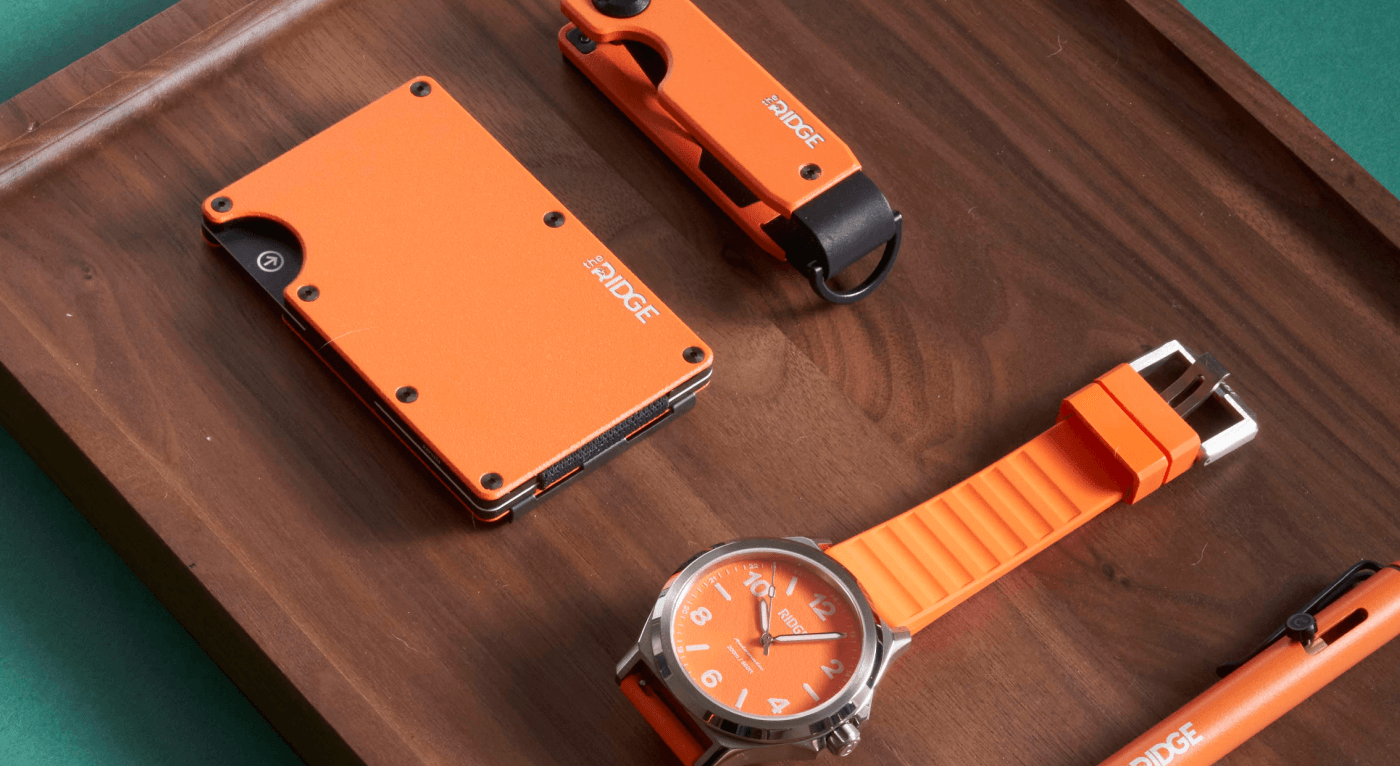Why do people ride?
A big question. The answer goes very deep - but, we can look at a very telling group of men who encompass most of those reasons: WWII vets.
Sure, motorcycles had been around for awhile; Harley Davidson joined the ranks of biking companies like the Indian Motorcycle Manufacturing Company and Triumph Motorcycles back in 1903. But, it wasn’t until the World Wars that motorcycles were recognized as viable, reliable means of traveling, often used instead of horses to relay information more effectively between troops. And - most importantly - a lot of WWII veterans used them as a way to cope with the shell shocking effects of PTSD.
How does this answer the first question, though?
Well, these were soldiers of one of the bloodiest wars in history. Men who went through things so dangerous and terrifying that we in the civilian world can only relive vicariously through books and movies. Men who were used to - no, relied on - the camaraderie and cohesiveness of the other soldiers in their units. These were men whose bodies got so used to producing adrenaline, that they felt helpless and exposed without it.
And so, they turned to the bike to provide them with just about everything mentioned above.
That’s why we’re talking about vintage bike culture - these are the bikes that were embedded in historic moments, ridden by the kind of men who met danger, shook it with a white-knuckled grip, then went home to find some more.
Unfortunately, the outlaw clubs then sprouted. Motorcyclists were shed in a negative light, and rebellion become the name of the bike and the man that chose to ride it. This meant a lot for the culture. Outcasts, criminals, and One Percenters. The public got a taste of a rowdy sect of men that didn’t care much for the laws and workings of typical society, and they didn’t like it.
Fortunately, though, not everyone who rides a bike is an outlaw. Especially the young men and women today, who pick up those old, rusted frames of the bikes of old, and take them to the road again.
That’s what this culture is all about: taking on the mantle.
When we pick up an old, classic machine like a pristine-conditioned Harley XA 750, or mod those vintage Honda frames into modern Cafe Racers, we aren’t just looking to fit in with a stylish fad. It’s about much more than that.
We take those old bikes from the 50’s, and throw racing engines on them, because we need to feel danger, rebellion, and power. It’s about that need for adrenaline. It’s about the representation of class. Old fashioned ideals. It’s about a time when things were made by calloused hands and oil-stained fingernails.
It’s for the camaraderie, too. Like any bike, vintage ones turn heads; these just turn a hell of a lot more. The culture is small, talkative, and very, very close. There isn’t much like going out and talking with the old-timers who own an old Triumph that you’re looking to buy over coffee. Then, you’ve got to get your hands on the parts that need touched up: old brake lines, dented gas cans, rusted out shocks. To the garage, next. Long, long hours of difficult design, power wrenches, and grease-soaked skin.
Finally, you can take it out, feel that rush that only the raw wind can give you at 97mph on an empty highway. That’s when you know how they felt, riding in the 50’s with the same dangerous need for the oil-dripped asphalt that you have ingrained inside you.
That’s what ties us all together, in the end: That need to stand up for something different, something abnormal. Danger just doesn’t tick with the rest of the world as it does with motorcyclists. People see it as rebellious. We see it as freedom.
And, at the end of the day, that’s why we ride.














































